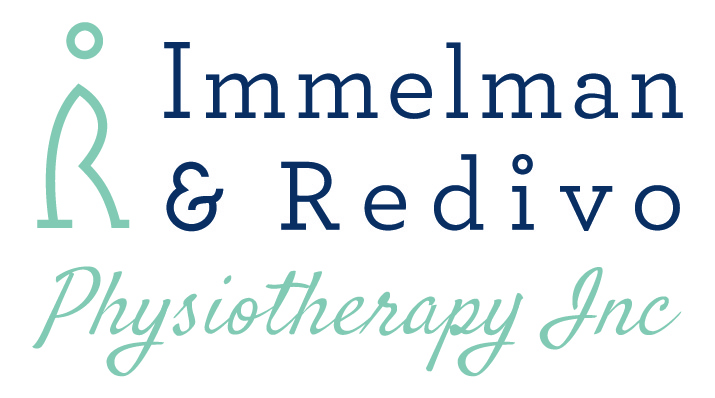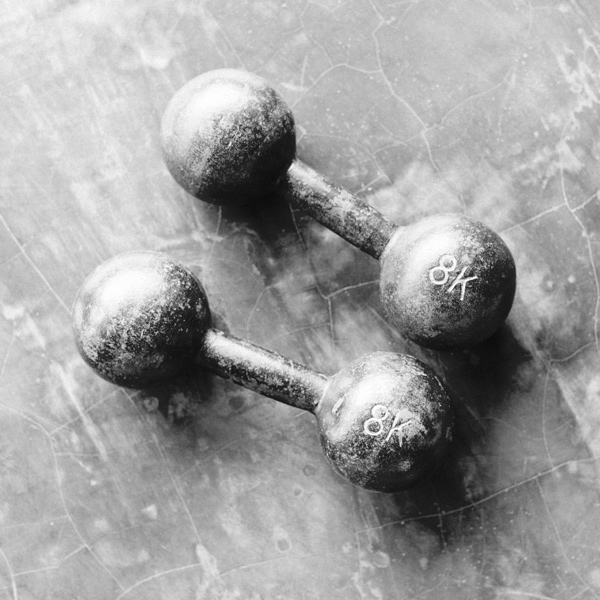Sport
Physiotherapists are trained to treat acute sprains/strains as well as identify imbalance and overuse injuries. These are tackled with sport specific assessments and individualised strengthening programs.
Sport
Sport and exercise is good for us in so many ways. However, sport can have various physical demands on your body. It is vital for an elite athlete to look at all components that affect the body during training. The sportsperson is at greater risk of sustaining injuries; this may include sprains of ligaments and muscles, overuse of joints or an imbalance between muscle groups.
Physiotherapists are trained to treat acute sprains/strains as well as identify imbalance and overuse injuries. These are tackled with sport specific assessments and individualised strengthening programs. A sport specific assessment should incorporate your training program and specific technique. A tailored exercise program, specific to the individuals need is more beneficial. Every sports-person should attend to injuries sooner rather than later. Early treatment often results in a quicker return to sport.
Sports treatment and rehabilitation often includes soft tissue treatment of the affected muscle (as well as connective tissue), joint mobilisations, oedema management with electro-therapy and electrical stimulations to improve muscle activation. Strapping can be used as an added support and retraining guide. The most important treatment remains exercises and retraining of movement to return to sport.
Return to sport
After a sport specific assessment is done, it is important to discuss the return to your sport programme. This is usually done in a team based approach that could include the athlete, coach, physiotherapist, doctor, biokineticist and psychologist. A gradual increase in the intensity of exercise is essential. A balanced training program should include: flexibility, stability and strength.
Rehabilitation and performance
To prevent recurrent injuries, one should complete a rehabilitation program in full. Muscle imbalance and weakness can cause dysfunction and correcting this may prevent injury and improve performance. This is sport and patient specific, so speak to your physiotherapist about individualised rehabilitation and performance enhancing programs.
We make use of movement analysis, screening tools and other assessments in order to help with screening for injury and performance.
Kinesiology/Biomechanics
Biomechanics is the study of a living body and the mechanics thereof. This includes the forces exerted by both gravity and muscles on the skeleton. For example we can look at the specific biomechanics of the hip joint. Kinesiology, though, is the study of body movement, especially in humans, and how it relates to the anatomy. Biomechanics is one aspect of kinesiology. Other aspects include: motor control, physiology and dynamic principles. As a physiotherapist we look at the whole individual, assessing all aspects of the body, forces that work in on it and rehabilitation thereof.
Strapping / Taping / Immobilisation
Strapping, also known as taping, are often used as supportive management as part of your physiotherapy treatment. It can be used in various methods to assist in healing, improve performance, reduce pain, optimise rehabilitation as well as prevent further injuries.
Strapping can be classified into different groups based on their function: rigid, elastic, kinesiology or athletic tape.
Rigid tape is used to limit or assist in controlling movement of a joint while elastic tape aims to allow some movement while assisting with the stability. Kinesiology tape is a form of elastic tape that is used to assist in your muscle and joint function as well as aiding in the movement of lymphatic fluid. Athletic tape is applied to assist or resist a movement to allow an athlete to move his affected limb through full range of motion during sporting activities, while preventing injury aggravating ranges.
Ligment tear or strain
Ligaments, are the connective tissue where two bones form a joint. Ligaments give passive stability to the joint. Injuries can be classified as grade 1 to 3 tears according to the severity of the injury to the tissue. Grade 1 tear is characterised by minimal swelling. Grade 2 tear has more swelling, bruising and at times can make weight bearing difficult. A complete tear or grade 3 tear is when all fibers are torn and severe swelling and bruising are visible. The initial treatment includes prevention of further injury and managing pain and inflammation. One of our main long term aims as physiotherapists is to prevent this type of injury to reoccur; this can be done through phases of rehabilitation, including proprioception training.
Muscle tear or strain
Muscles are connected to the bone by tendon. Muscles can have tears or strains in the belly or tendon areas. These can be classified according to the severity of the injury as a grade 1 to 3. As with other acute injuries, initial treatment is to prevent further injury as well as to manage pain and inflammation. Once this has settled, strengthening and return to function is the priority. We aim to assist the patient return to the same level they had before the injury. It is also vital to identify the cause of the injury and prevent re-injury. Evidence suggests that the best way of preventing muscle strain or tears remain strengthening and lengthening. It is therefore important to not just do sport specific exercise but also specific stretches and strengthening.
Overuse injuries
Overuse injuries occur in the sportsperson due to the repetitive nature of that specific sport. These usually develop over time and have a component of incorrect technique or form, muscle imbalance and weakness. Example of overuse injuries include rotator cuff syndrome, adductor muscle strain or tendinopathy, recurrent hamstring strain, tennis elbow and patella tendinopathy. The approach to overuse injuries are more complex, due to the nature of injury and the fact that a full body assessment might be needed. As physiotherapists, one of the aspects we look at is the muscle and joint control. Lack of control at one joint can put more strain on another joint and increasing its risk of injury.
ITB Syndrome
ITB syndrome is short for Ilio Tibial Band syndrome. The ITB is a thick fascial structure that runs on the outside of the thigh. Pain is experienced on the front and/or outside of the knee and can at times radiate up the leg. This could be as a result of a “too much, too soon’’ training regime, incorrect exercise gear or muscle imbalances. Other possible diagnoses should be cleared especially when looking at the knee or hip. The treatment includes amendment of the training regime and addressing the soft tissue dysfunction. The focus is aimed to correct the imbalance through stretching, strengthening and stability training.
Hamstring tear
The large muscle group at the back of the thigh is called the hamstring. The hamstring muscle is used on a daily basis for bending, stabilising and controlling movement around the hip and knee joints. A tear may occur in the muscle due to too much force or overuse. Tears can be acute or chronic, and this will affect the treatment approach. Physiotherapists are well trained in treating acute, chronic or recurrent hamstring injuries.
Tennis elbow/Golfers elbow
Lateral epicondylitis is the medical term for what is commonly known as tennis elbow, or pain on the outside of the elbow. Medial epicondylitis, also known as Golfer’s elbow, occurs on the inside of the elbow. This is an overuse injury, usually as a result of poor technique, grip size or incorrect training. Tennis/Golfer’s elbow can also develop in the non-athletic individual as a result of repetitive strain for example, after long hours of typing. The tendon that attaches the muscle in the forearm to the bone at the elbow, gets inflamed and this results in pain. There are many beneficial physiotherapy techniques and treatment options that may help. The recovery process can be long, and will require some exercises to be done on a regular basis. Physiotherapists assist with managing the pain, inflammation and guiding the exercise regime until full rehabilitation. Post operative rehabilitation will also be beneficial in cases where surgery was needed.

